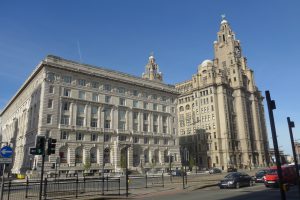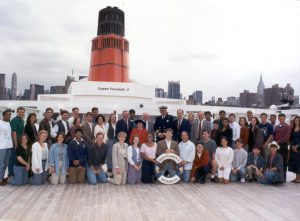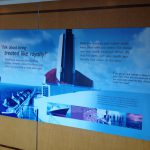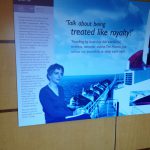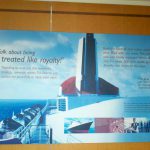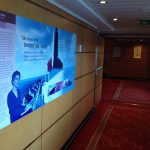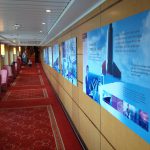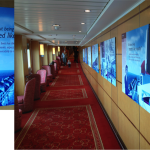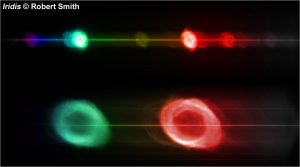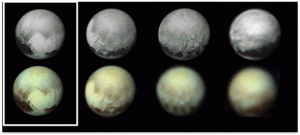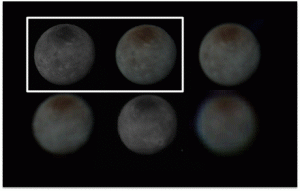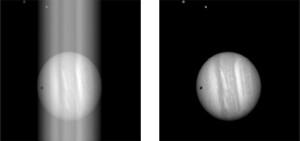This is a post that is a wonderful product of how our world has become flat in many ways, to foster connections among people that have never met. I hope someday my paths will indeed cross with Matthew Sampson of Gottingen, Germany.
I write this reflection in October 2016 sitting across the street from the Cunard Building in Liverpool, the headquarters of Cunard which has designed, built and operated some of the most amazing ocean-crossing ships.
Cunard Building (left) next to Liver Building (right), photo taken by me September 23, 2016
In September 1994 on my very first trip to Europe from the USA I traveled about the Cunard ocean liner Queen Elizabeth II (QE2). It was all part of the 40th anniversary of the British Marshall Scholarship (http://
British Marshall Scholars Class of 1994. On Board the QE II in September 1994 in New York Harbor as we were about to embark on a spectacular trans-Atlantic journey of our young lives. To be young, carefree, energetic and Europe-bound for the first time…Ah… what I would give to do it all over again!
It was a great first for me! I wrote a journal during the 5.5 day journal and posted it upon my own HTML pages, before blogging was popular.
My original 1994 impressions of my first trans-atlantic voyage can be found here.
In 2003, I was contacted by a gentleman in New York City (I sadly forget his name) who had found my personal webpage and read my journal and who entered it into a contest to feature journal entries over the last century to be featured in a series of excerpts on the QE2 successor, the Queen Mary 2 (QM2). I got my friend Joe Sacco to take a high resolution image of me to go along with the entry, with my attempt to gaze into the distance, which had been requested.
I submitted the journal and photo and then it went into a communication black hole.
The QM2 had its maiden voyage in 2004.
What was even more amazing is that in 2010, I got contacted by a Michael Sampson of Gottingen, Germany, whom I have never met before. He had been on the QM2 and saw my photo and words on the QM2. He contacted me and we had lovely discussions of his many world travels and our shared love of physics and astronomy.
This was the first time I had ever learned my journal had been selected to be shown on the QM2.
In May 2011, friends of his from Boston, MA, USA had traveled on the QM2 en route to Southhampton and took some photos of my entry in the halls of QM2.
So, a 2D image of myself crosses the Atlantic each week, between the land of my home (the USA) and my other home I miss so much (the UK).
Someday maybe I can travel across the Atlantic by ship again, and if on the QM2, it would be rather interesting for my 3D self to meet my 2D self. I betcha we’d both be looking towards the future, wondering what adventures ahead we might experience.
Being here in Liverpool these past few weeks in September/October 2016 absorbing the history of ship-building and ocean voyages, makes me long again to travel and explore again by sea.

